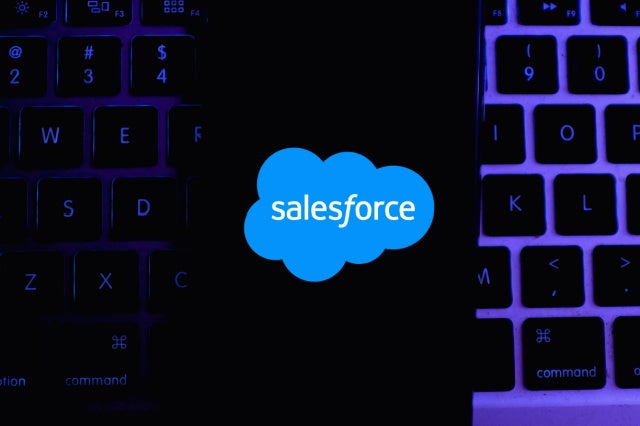Why Backup is Essential for Kubernetes Applications
Kubernetes-orchestrated containers are increasingly replacing traditional monolithic and VM based applications, allowing for more effective resource deployment, scaling, and management – with 85% of global organizations reporting their intent to be running containers in production by 2025.1 Since containers started out being predominantly stateless with no persistent data, and are typically run in high availability clusters, there is a perception that backup is not needed, which couldn’t be further from the truth.
The rest of this blog will explain: 1. how high availability and backups solve two different problems; 2. why there is a need for backing up Kubernetes stateful applications; and 3. what components need backup.
High Availability vs. Backup
Kubernetes supports setting up high availability clusters along with supporting components such as etcd, which is a consistent and highly available key value store for cluster data. High availability enables the infrastructure and services needed to be operational during certain failures minimizing application downtime. They are often used for production workloads and business applications for dependability, reliability and fault tolerance.
However, with stateful enterprise applications moving into containers, the protection needs have changed – high availability alone is not enough and there’s a critical need for backing up the Kubernetes application and its associated data, images, and cluster control plane. While high availability can indeed bring back the containers during disaster scenarios, the application cannot recover and be fully operational if the underlying data that’s powering the cluster and application is corrupted or lost. That’s exactly why it’s critical to back up all the application and cluster control data – to ensure full recovery and to rapidly bring back applications with minimal disruption to business.
Why protect Kubernetes applications: 5 reasons
With that context, let’s look at some of the main drivers and scenarios that make Kubernetes backup a must:
- Security and Ransomware risks – Ransomware attacks are on the rise and can cripple organizations by corrupting business data. Backing up all the application data and periodically testing for recovery is critical to recovering and protecting against these types of attacks. This previous blog explains the key steps for ransomware recovery readiness.
- Accidental data loss accelerated with automation and devops propagation of changes, including misconfigurations. Kubernetes provides application development and deployment agility that is transforming organizations. However, any unintentional errors could propagate quickly and expose organizations to risks. Backups provide the ability to roll back to known good states.
- Environmental failures can also lead to disaster scenarios and most organizations can recover from these events with a sound data protection and backup strategy in place.
- Compliance and regulatory needs are often overlooked, and are also a key driver for backing up Kubernetes applications.
- Application mobility and portability is an important criterion for adopting Kubernetes container. Backups and snapshots facilitate and make it easy to port and move applications across clouds.
How to ensure full protection: 5 essentials
Full protection for Kubernetes consists of backing up the control plane and the application data:
- The etcd store is critical to the operation of the Kubernetes clusters and has to be backed up with appropriate business continuity plans to meet SLAs.
- Persistent volumes used in the clusters should also backed up.
- Application data in databases or NFS or object stores that are hosted outside the containers should be protected within the Kubernetes application backup scope.
- Stateful containers – Since Kubernetes containers can be stateless or stateful, only the stateful containers with persistent data need to be backed up. Stateless containers do not persist any data and are not included for backups.
- Delivered as a Service for SaaS scalability, lower TCO while enabling migration, portability and agility
While Kubernetes automates and simplifies container management and deployment, backup of critical components within the platform should never be a secondary priority. Accidental or malicious actors can corrupt or disrupt your Kubernetes container applications just as easily as non-containerized applications. It is imperative that you have a data protection and backup strategy in place for your Kubernetes applications to successfully realize its promise – delivering a self-healing, agile, scalable, reliable, dependable, and fault-tolerant DevOps platform.
Why Metallic VM & Kubernetes Backup
GigaOm Radar recently published that Commvault is an outperformer when it comes to Kubernetes Data protection, with a specific call out to Metallic “…thanks to Metallic, the company’s SaaS solution, Commvault can provide data protection for Kubernetes across a broad range of organizations. At the end of the day, Commvault is a market leader for enterprise data protection.” Check out this blog for analysis of this validation.
Our features also speak for themselves. Metallic VM and Kubernetes backup is a cloud-delivered BaaS solution for Kubernetes applications. Metallic protects the Kubernetes applications, regardless of whether they are running on-prem, in Azure or AWS. Metallic’s data backup and protection offerings can secure all of that through a single, easy-to-manage platform. A single solution for managing traditional and cloud-native workloads using Kubernetes, and we have purpose-built this offering to support all CNCF-certified distributions of Kubernetes. Even better? For a limited time, customers who purchase Metallic for VM protection will get Kubernetes backup for free – for the entire life of their subscription, and renewals.
Need more info? If you are a business seeking enterprise-level cloud-based K8s data protection, view this brief for a deeper dive into the critical issues. Or, take it for a test drive and be on the road to get Kubernetes backup for free.
Sources:


